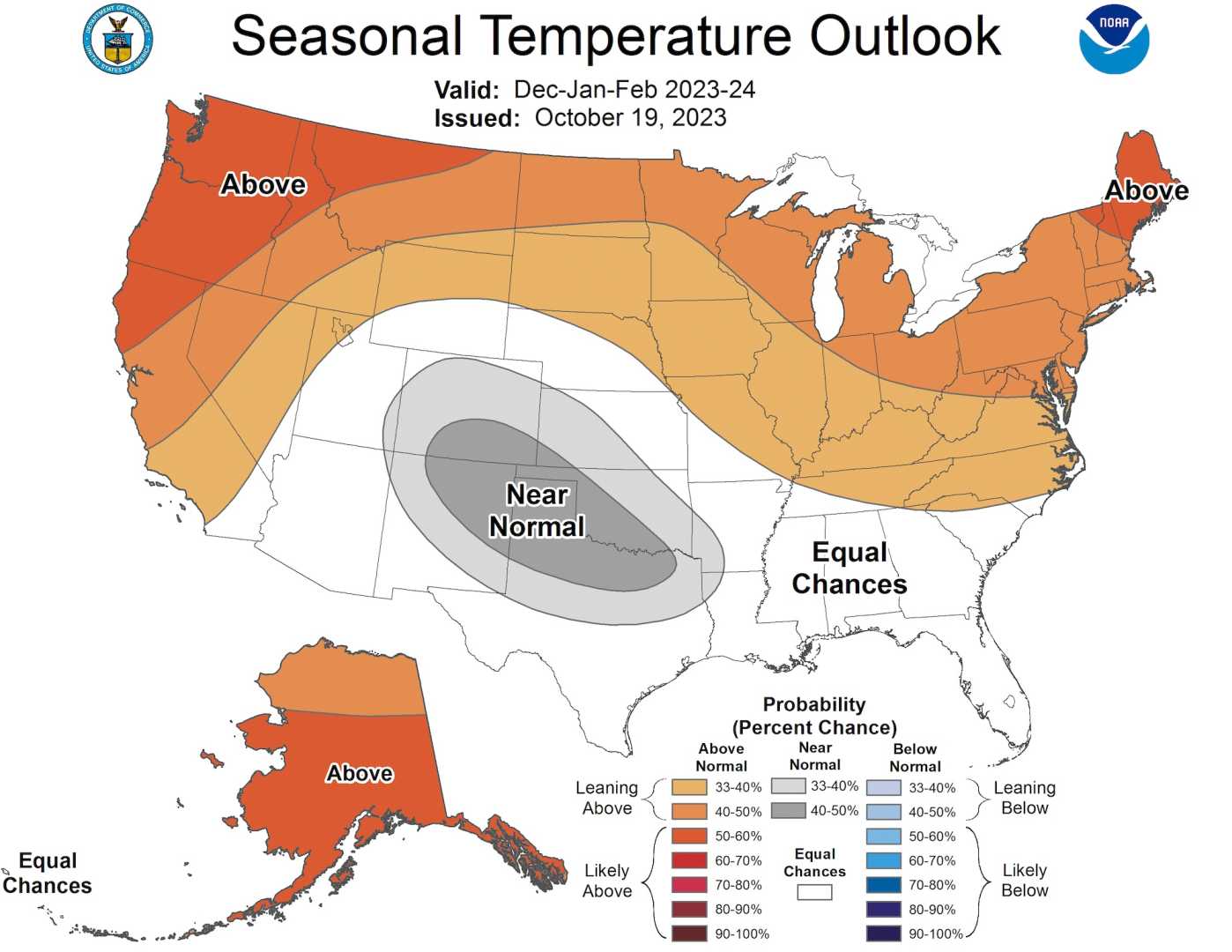News
Colder and Snowier Winter Predicted for Parts of the U.S.

Washington, D.C. – Some parts of the United States can expect a colder and snowier winter, according to the National Oceanic and Atmospheric Administration’s (NOAA) winter season outlook released on October 16, 2025.
The forecast suggests that the Upper Midwest and Pacific Northwest may experience cooler-than-average temperatures, while the southern and eastern regions of the U.S. could see milder conditions. NOAA’s Climate Prediction Center predicts weather patterns that indicate above, below, or near-average temperatures and precipitation from December to February.
The outlook highlights that typical weather patterns, like December snow, can still produce warmer conditions in January and February, affecting seasonal averages. Areas with prolonged cold spells may tip averages below normal for the entire winter season.
Precipitation patterns for the winter show possible above-average rainfall in the Pacific Northwest, northern Rockies, Great Plains, and Great Lakes. This may lead to higher snowfall, depending on storm occurrences. Conversely, the southern U.S., including Southern California and Texas, may see dryer conditions.
NOAA also notes that winters in the contiguous U.S. have warmed by approximately 3 degrees Fahrenheit since the early 1900s, making last winter (2023-24) one of the warmest on record for over half of the states.
The report indicates that the La Niña climate pattern, which is characterized by cooler ocean waters, may influence winter weather. This year, La Niña has caused variations in weather, leading to warmer, drier conditions in the southern states and cooler, wetter conditions in the north.
NOAA’s Jon Gottschalck mentioned that while regional differences exist, the southern U.S. stands a 40-50 percent chance of experiencing above-average temperatures, especially in Alabama.
The predicted winter outlook could lead to ongoing drought conditions, as regions like southeast Alabama have a 50-60 percent probability of below-average precipitation through February.
Finally, while past La Niña patterns hint at lesser snowfall, forecasts suggest that continued La Niña presence could lead to intense severe weather in the spring.












